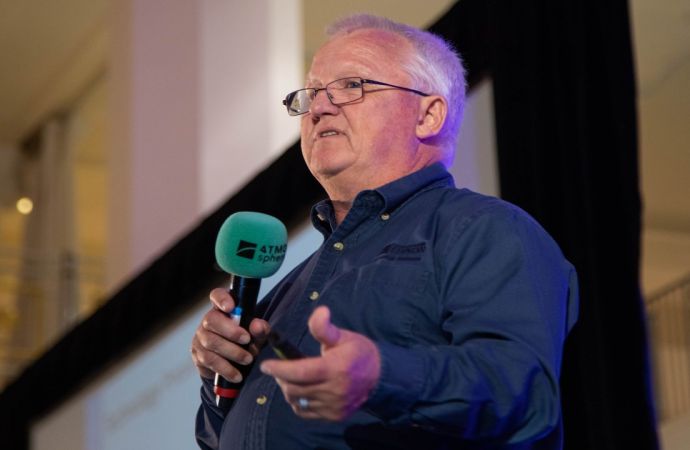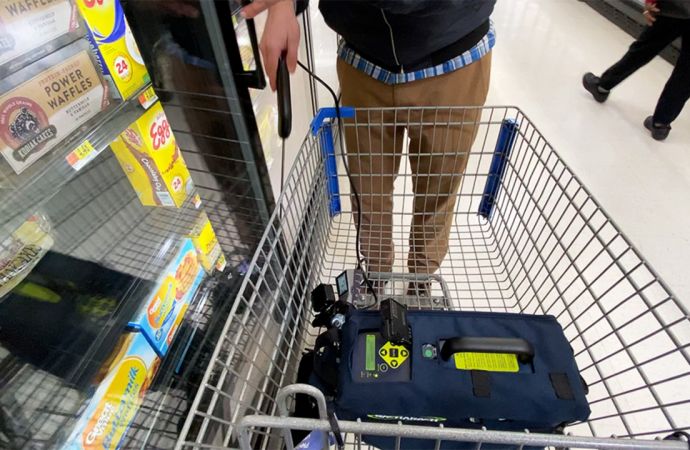All new buildings in the European Union will be nearly zero energy as of 2020, European institutions decided last week. Any required energy will have to a significant extent be covered by energy from renewable sources, including heat pumps. The Directive further promotes the use of district heating and cooling for the purpose of which large scale ammonia heat pumps may be used. UPDATE: The new rules have now been formally adopted.

Last week, the EU Parliament and the Council agreed on a compromise to recast the Energy Performance of Buildings Directive (EPBD). The institutions agreed to strengthen the building codes already in place in order to reduce their carbon emissions close to zero by 2020 and also enhance the use of renewable energy in buildings.
This could be the start of a promising future for heating and cooling equipment relying on natural refrigerants used in the building sector and especially ammonia heat pumps. For example, the use of ammonia heat pumps could be an ideal way to satisfy the renewable target in the energy share needed to power a building as of 2020, while also minimising emissions associated with the refrigerant used in the heat pump. More importantly, large scale ammonia heat pumps could also be used for district heating purposes that the Directive seeks to promote.
All new buildings to source energy to a large extent by renewables
Under the agreement, all new buildings will have to be “nearly zero energy buildings” by the end of 2020. Public authorities will have to lead the way by ensuring that all new buildings they own or occupy after 2018 meet the near-zero-energy standard. “The nearly zero or very low amount of energy required should to a very significant extent be covered by energy from renewable sources, including renewable energy produced on-site or nearby”.
Aerothermal, geothermal and hydrothermal energy are formally recognised in the EU as renewable sources of energy and therefore all types of heat pumps can be employed in buildings to meet the requirements of the new Directive. The recast Directive is, therefore, set to open substantial market opportunities for heat pumps in the EU.
Heat pumps and district heating technologies will be considered before construction starts
For new buildings, EU Member States will have to ensure that, before construction starts, the technical, environmental and economic feasibility of the following alternative systems such is assessed:
Next steps
The European Parliament formally adopted the new rules on 18 May 2010. Once published in the EU Official Journal, Member States will have two years to bring their national laws into line with the new directive.
This could be the start of a promising future for heating and cooling equipment relying on natural refrigerants used in the building sector and especially ammonia heat pumps. For example, the use of ammonia heat pumps could be an ideal way to satisfy the renewable target in the energy share needed to power a building as of 2020, while also minimising emissions associated with the refrigerant used in the heat pump. More importantly, large scale ammonia heat pumps could also be used for district heating purposes that the Directive seeks to promote.
All new buildings to source energy to a large extent by renewables
Under the agreement, all new buildings will have to be “nearly zero energy buildings” by the end of 2020. Public authorities will have to lead the way by ensuring that all new buildings they own or occupy after 2018 meet the near-zero-energy standard. “The nearly zero or very low amount of energy required should to a very significant extent be covered by energy from renewable sources, including renewable energy produced on-site or nearby”.
Aerothermal, geothermal and hydrothermal energy are formally recognised in the EU as renewable sources of energy and therefore all types of heat pumps can be employed in buildings to meet the requirements of the new Directive. The recast Directive is, therefore, set to open substantial market opportunities for heat pumps in the EU.
Heat pumps and district heating technologies will be considered before construction starts
For new buildings, EU Member States will have to ensure that, before construction starts, the technical, environmental and economic feasibility of the following alternative systems such is assessed:
- Heat pumps
- District or block heating or cooling
- Decentralised energy supply systems based on energy from renewable sources
- Cogeneration
Next steps
The European Parliament formally adopted the new rules on 18 May 2010. Once published in the EU Official Journal, Member States will have two years to bring their national laws into line with the new directive.
MORE INFORMATION
Related stories






